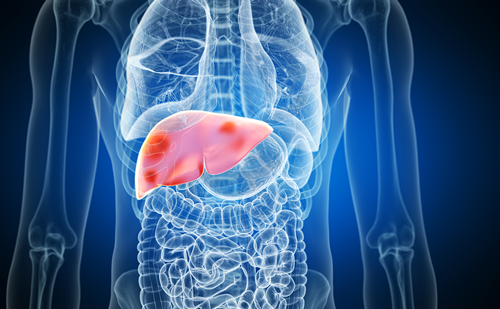Insulin resistance in skeletal muscle and the liver is a central feature of type 2 diabetes.1 Insulin resistance is also believed to be the underlying mechanism responsible for the metabolic syndrome. Insulin-stimulated glucose disposal in skeletal muscle is reduced in insulin-resistant individuals due to impaired insulin signalling and multiple intracellular defects in glucose metabolism (reviewed in reference 5). Similar defects in insulin signalling have been reported in the liver and adipocytes and lead to impaired suppression of hepatic glucose production and lipolysis, respectively.
Insulin resistance in skeletal muscle and the liver is a central feature of type 2 diabetes.1 Insulin resistance is also believed to be the underlying mechanism responsible for the metabolic syndrome. Insulin-stimulated glucose disposal in skeletal muscle is reduced in insulin-resistant individuals due to impaired insulin signalling and multiple intracellular defects in glucose metabolism (reviewed in reference 5). Similar defects in insulin signalling have been reported in the liver and adipocytes and lead to impaired suppression of hepatic glucose production and lipolysis, respectively.
Compelling evidence suggests an important role for intracellular deposition of fat in non-adipose tissues, e.g. liver, skeletal, and cardiac muscle, and β cells in the pathogenesis of insulin resistance. Both increased exogenous fat intake (obesity) and excess endogenous fat input (accelerated lipolysis, as occurs in obesity and type 2 diabetes)5 lead to increased lipid supply to insulin target tissues and excessive lipid accumulation. Alternatively, it can be argued that a decrease in oxidative capacity in insulin-responsive tissues is responsible for the increase in intracellular fat content in non-adipose tissues. The intracellular lipid stores are in a state of constant turnover and the accumulation of toxic lipid metabolites, e.g. fatty acyl Co-A (FACoA) diacylglycerol (DAG) and ceramide produces insulin resistance through the activation of serine kinases, which interfere with the insulin signalling cascade and inhibit multiple intracellular steps involved in glucose metabolism, including glucose transport and glucose phosphorylation glycogen synthesis (glycogen synthase) and glucose oxidation (pyruvate dehydrogenase and Krebs cycle activity). In this article, we will summarise the evidence implicating a possible role for impaired mitochondrial function in the pathogenesis of insulin resistance.
To read full article please click here.







